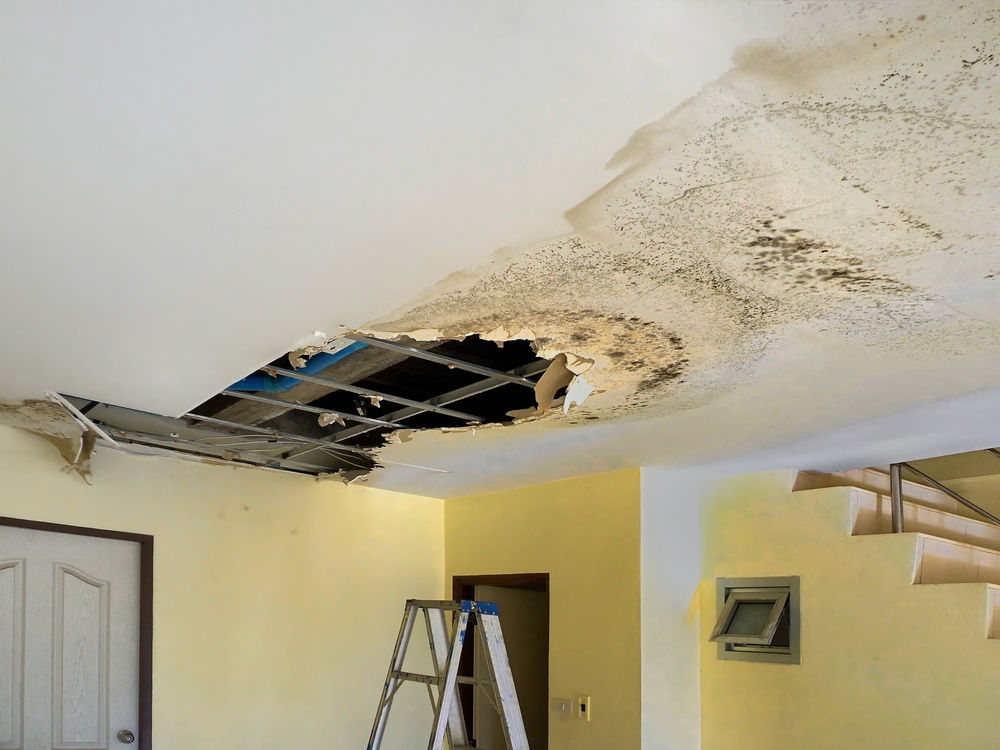Unmasking Concealed Water Line Leaks: 6 Smart Detection Hacks
Unmasking Concealed Water Line Leaks: 6 Smart Detection Hacks
Blog Article
Right here down the page you can discover additional superb insight concerning Detecting hidden plumbing leaks.

Early detection of leaking water lines can mitigate a prospective disaster. Some tiny water leaks may not be visible.
1. Take A Look At the Water Meter
Every house has a water meter. Examining it is a surefire manner in which assists you find leaks. For beginners, shut off all the water sources. Make certain no person will certainly flush, utilize the tap, shower, run the cleaning maker or dishwasher. From there, most likely to the meter as well as watch if it will change. Since no person is using it, there should be no movements. If it relocates, that suggests a fast-moving leak. Likewise, if you discover no changes, wait a hr or 2 and examine back once again. This implies you may have a slow leakage that can also be below ground.
2. Check Water Intake
If you detect abrupt modifications, in spite of your consumption being the same, it suggests that you have leaks in your plumbing system. A sudden spike in your costs suggests a fast-moving leak.
A stable boost every month, also with the same routines, shows you have a sluggish leakage that's likewise gradually escalating. Call a plumber to completely check your residential or commercial property, particularly if you really feel a warm area on your flooring with piping below.
3. Do a Food Coloring Test
When it involves water consumption, 30% comes from toilets. Test to see if they are running effectively. Decrease specks of food shade in the container and also wait 10 mins. If the color in some way infiltrates your bowl during that time without flushing, there's a leak in between the container and bowl.
4. Asses Exterior Lines
Do not neglect to inspect your exterior water lines as well. Must water leak out of the connection, you have a loose rubber gasket. One tiny leakage can squander loads of water and also surge your water bill.
5. Evaluate the scenario as well as examine
Property owners ought to make it a habit to examine under the sink counters and also inside cabinets for any type of bad odor or mold and mildew development. These 2 red flags indicate a leak so timely focus is called for. Doing regular evaluations, even bi-annually, can save you from a major issue.
If you know your home is currently old, maintain a watchful eye on your heaters, hoses, pipelines etc. Check for stainings as well as deteriorating as many home appliances as well as pipes have a life span. They will certainly likewise normally wear away as a result of tear and also use. Don't wait for it to rise if you think dripping water lines in your plumbing system. Call a professional plumber right away so you don't wind up with a terrible mess in your home.
Early discovery of leaking water lines can mitigate a prospective catastrophe. Some tiny water leaks may not be noticeable. Checking it is a guaranteed way that helps you discover leaks. One little leak can squander bunches of water and also increase your water costs.
If you presume leaking water lines in your plumbing system, do not wait for it to rise.
WARNING SIGNS OF WATER LEAKAGE BEHIND THE WALL
PERSISTENT MUSTY ODORS
As water slowly drips from a leaky pipe inside the wall, flooring and sheetrock stay damp and develop an odor similar to wet cardboard. It generates a musty smell that can help you find hidden leaks.
MOLD IN UNUSUAL AREAS
Mold usually grows in wet areas like kitchens, baths and laundry rooms. If you spot the stuff on walls or baseboards in other rooms of the house, it’s a good indicator of undetected water leaks.
STAINS THAT GROW
When mold thrives around a leaky pipe, it sometimes takes hold on the inside surface of the affected wall. A growing stain on otherwise clean sheetrock is often your sign of a hidden plumbing problem.
PEELING OR BUBBLING WALLPAPER / PAINT
This clue is easy to miss in rooms that don’t get much use. When you see wallpaper separating along seams or paint bubbling or flaking off the wall, blame sheetrock that stays wet because of an undetected leak.
BUCKLED CEILINGS AND STAINED FLOORS
If ceilings or floors in bathrooms, kitchens or laundry areas develop structural problems, don’t rule out constant damp inside the walls. Wet sheetrock can affect adjacent framing, flooring and ceilings.
https://www.servicemasterbyzaba.com/blog/how-to-detect-water-leakage-in-walls/

I ran across that piece on Leaking water lines when scouting around the internet. Are you aware of someone else who is very much interested in the topic? Please feel free to promote it. I cherish reading our article about Leaking water lines.
Tap problems? Expert assistance available. Report this page